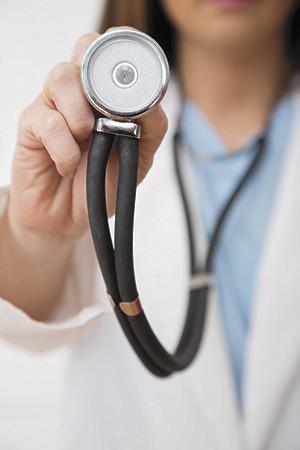New immunization rates show many toddlers across the state aren’t getting vaccinated for certain diseases on time, if at all, according to the Centers for Disease Control and Prevention’s (CDC) National Immunization Survey. The trend means more children are at risk of getting measles, whooping cough, or other preventable diseases.
The annual survey reports that children between 19 and 35 months of age weren’t any more protected against serious and potentially fatal diseases than the year before. About 67 percent of toddlers in 2014 were fully vaccinated by 3 years of age. This overall rate is about 3 percent lower than 2013, but statistically the two rates are not significantly different. Washington’s immunization rates for 2014 did not improve for most recommended vaccines for young children. The lone exception was the dose of hepatitis B vaccine given at birth. Coverage rates for the hepatitis B birth dose vaccine exceeded national coverage rates, increasing to almost 80 percent.
“The data show that we’re not protecting all of our kids as well as we should,” said State Health Officer Dr. Kathy Lofy. “We’re disappointed that our rates aren’t higher. When kids aren’t fully protected, it puts those kids and the wider community at risk of disease. The recent spike in measles cases and the ongoing whooping cough outbreak highlights the need for high vaccination rates.”
Measles vaccination rates aren’t high enough to provide community protection. Young kids need their first dose of the vaccine between 12 and 15 months of age to be protected from measles, a highly contagious and potentially fatal disease. Children should receive a second dose of the vaccine between 4 and 6 years of age. So far in 2015, there were 11 cases of measles reported in Washington. This spring, a Clallam County woman suffered the first measles-related death in the United States in over a decade.
The state and national goal is that 90 percent of children will each receive individual childhood vaccine, and 80 percent of children will have the complete series on time.
“When communities have less than 90 percent of people vaccinated, it is easier for highly contagious diseases like measles to spread quickly,” Dr. Lofy said. “We’re seeing that some parents are selecting certain vaccines for their kids but not others. Parents should understand that there are risks involved when their children are not completely vaccinated on time.”
The state health department continues to work with health care providers, health plans, local public health agencies, schools and child care facilities, and parents to help kids of all ages get the right immunizations at the right time.
Washington provides all recommended vaccines at no cost for kids through age 18. Vaccines are available from health care providers across the state. Although healthcare providers may charge an office visit fee and an administration fee for the vaccine, a family that can’t afford the administration fee can ask to have it waived. Contact the local health agency in your area or the Family Health Hotline at 1-800-322-2588 for help finding a provider or immunization clinic.
More information on immunization is on the Department of Health website. The National Immunization Survey is available on the CDC’s website. County-level data are not included in the survey.
The Department of Health website (doh.wa.gov) is your source for a healthy dose of information. Also, find us on Facebook and follow us on Twitter.


